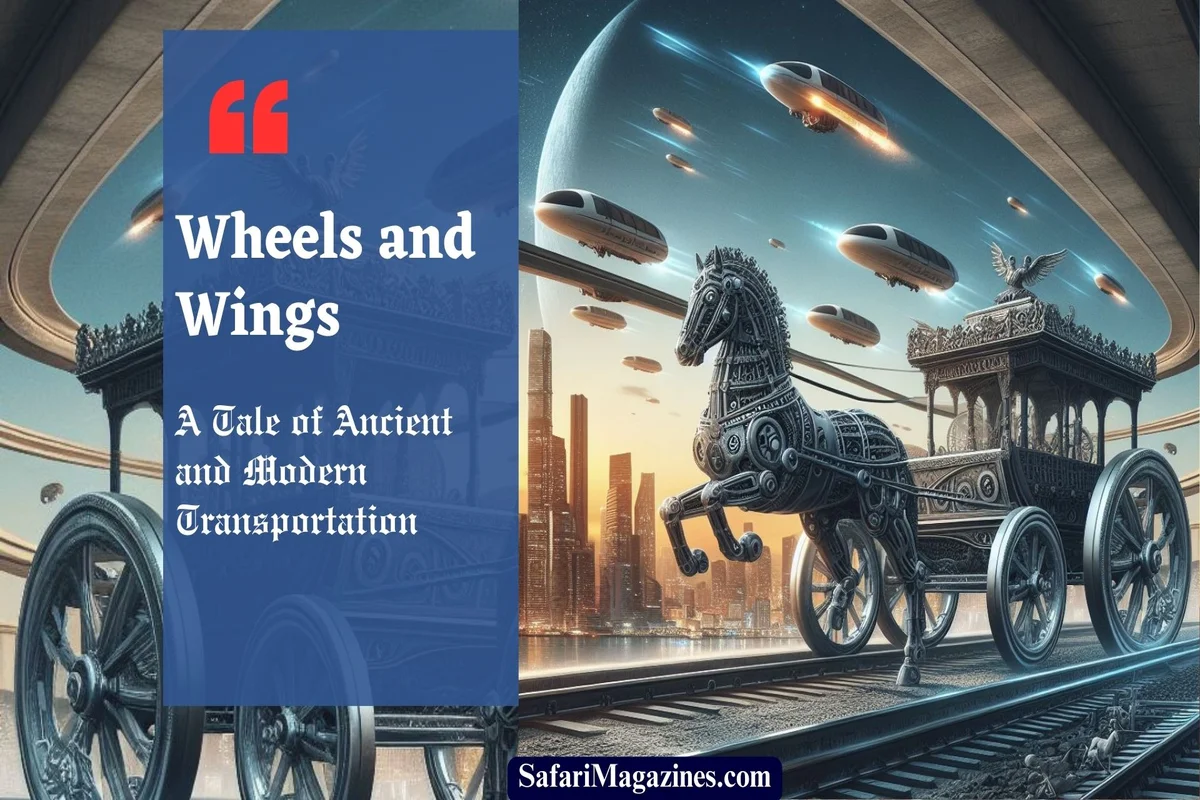
Ancient and Modern Transportation, Wheels and Wings Tale. Transportation, an integral part human civilization, has evolved significantly over the ages. From ancient means of traversing terrains to the sophisticated systems we have today, the journey of transportation is a fascinating tale of innovation and adaptation. This article covers “old and modern means of transportation that humans use to travel and move around,” unraveling the historical roots and futuristic innovations that have shaped our mobility. So, let us go on a journey through time to explore the various means of transportation that humans have used to travel and move around.
Table of Contents
ToggleAncient Transportation
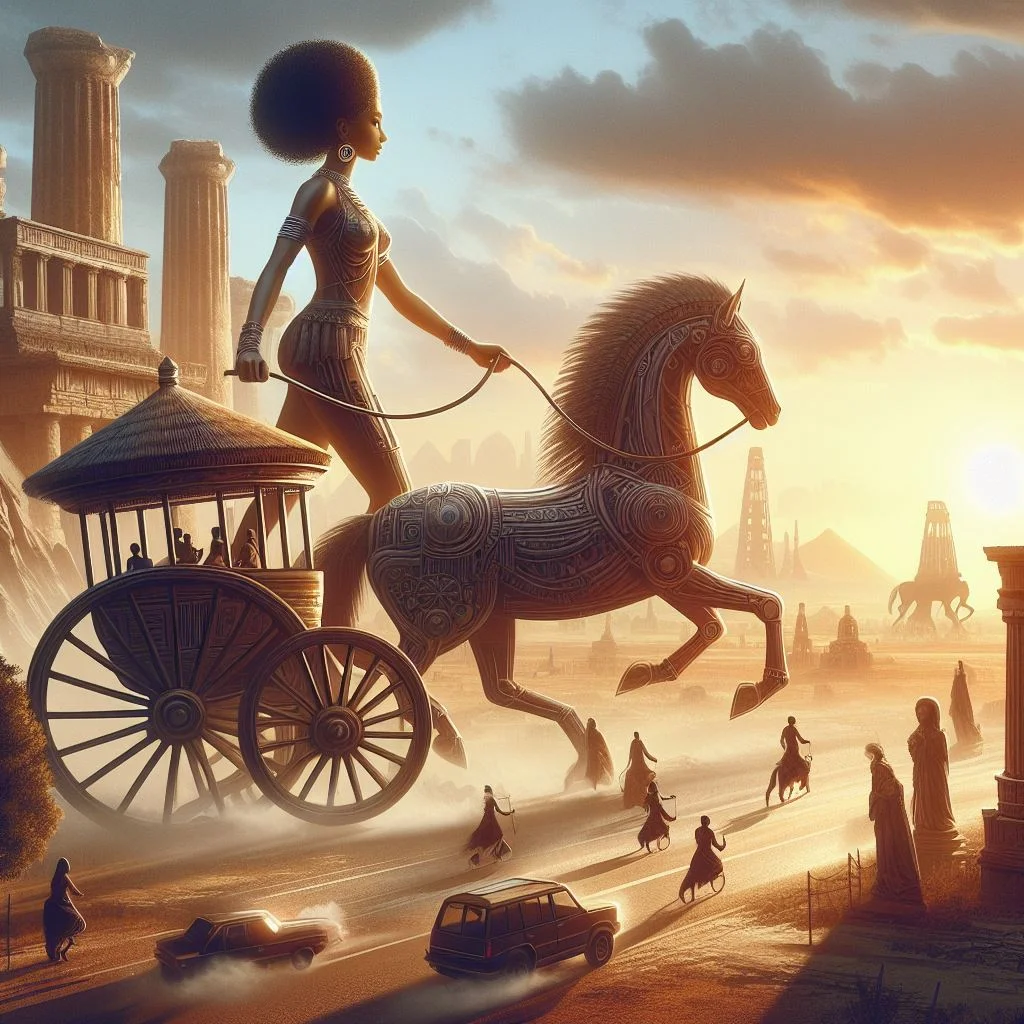
Definition and Significance
Transportation, in its essence, refers to the movement of people, goods, or animals from one place to another. In ancient times, the means were rudimentary yet pivotal for societal development. This act of mobility is crucial for the functioning of societies and economies, enabling connectivity and exchange.
Walking and Animal Riding for Transportation
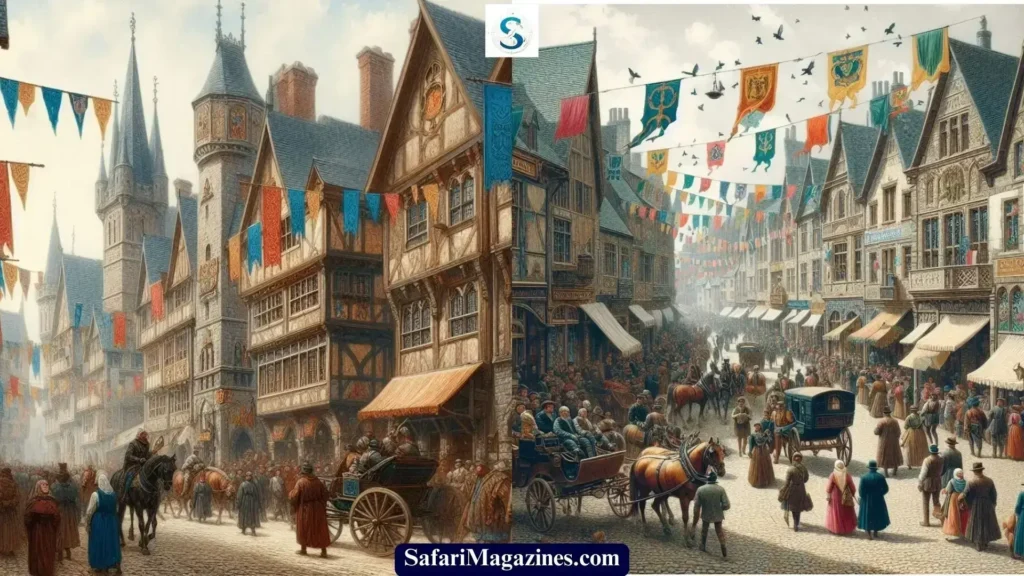
In ancient times, the most fundamental modes of transportation were walking and the use of domesticated animals for riding. Humans traversed vast distances on foot, while animals like horses and camels provided an early form of transportation.
Land: Wheels and Animals in Old Transportation
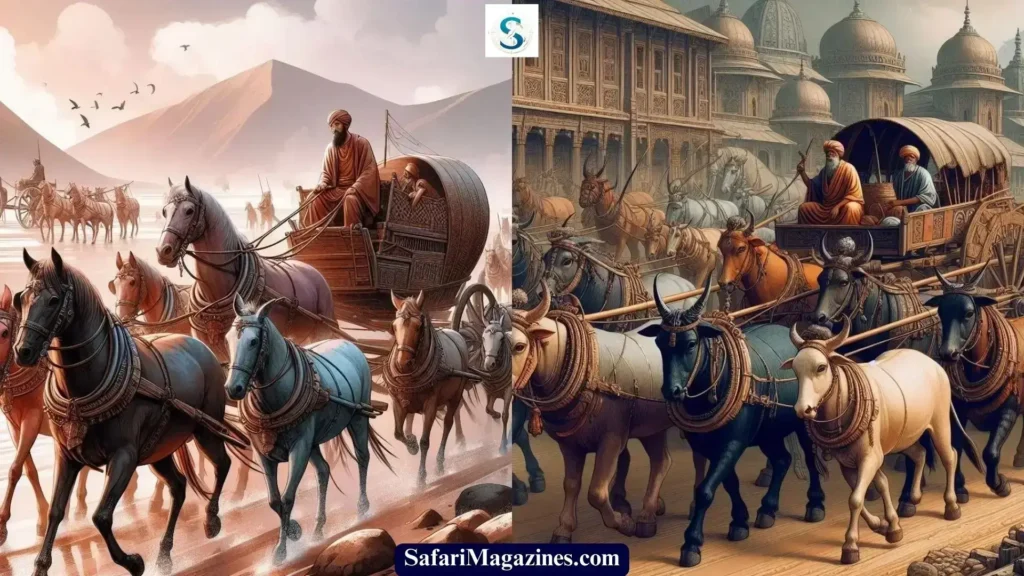
The invention of the wheel marked a turning point, quite literally, in ancient land transportation. So, early civilizations used the power of animals, employing horses and oxen to pull carts and chariots across vast terrains.
Early Wheeled Vehicles in Transportation
The invention of the wheel marked a significant advancement in transportation. Early wheeled vehicles, such as carts and chariots, revolutionized the movement of goods and people, especially in agricultural societies.
Water Transportation

As civilizations emerged along rivers and coastlines, water transportation became essential. So, early boats and canoes allowed for efficient movement along waterways, supporting trade and cultural interaction.
Water: Boats and Ships for Transportation
Water-based transportation relied on primitive boats initially, gradually evolving into sophisticated sailing ships. From the Egyptian reed boats to Viking longships, maritime travel played a crucial role in ancient exploration and trade.
Air: Kites and Early Flying Devices
While air travel seems reserved for the modern era, ancient civilizations experimented with kites and simple flying devices. Though not practical, these early attempts laid the groundwork for future aerial innovations.
Continue reading: Wheels and Wings: A Tale of Ancient and Modern Transportation
Challenges and Advancements in Ancient Transportation
Harsh terrains and limited resources posed challenges to ancient transportation. Despite this, innovations like the Roman road system and the Silk Road emerged, connecting distant cultures and fostering trade.
Transition to Modern Transportation
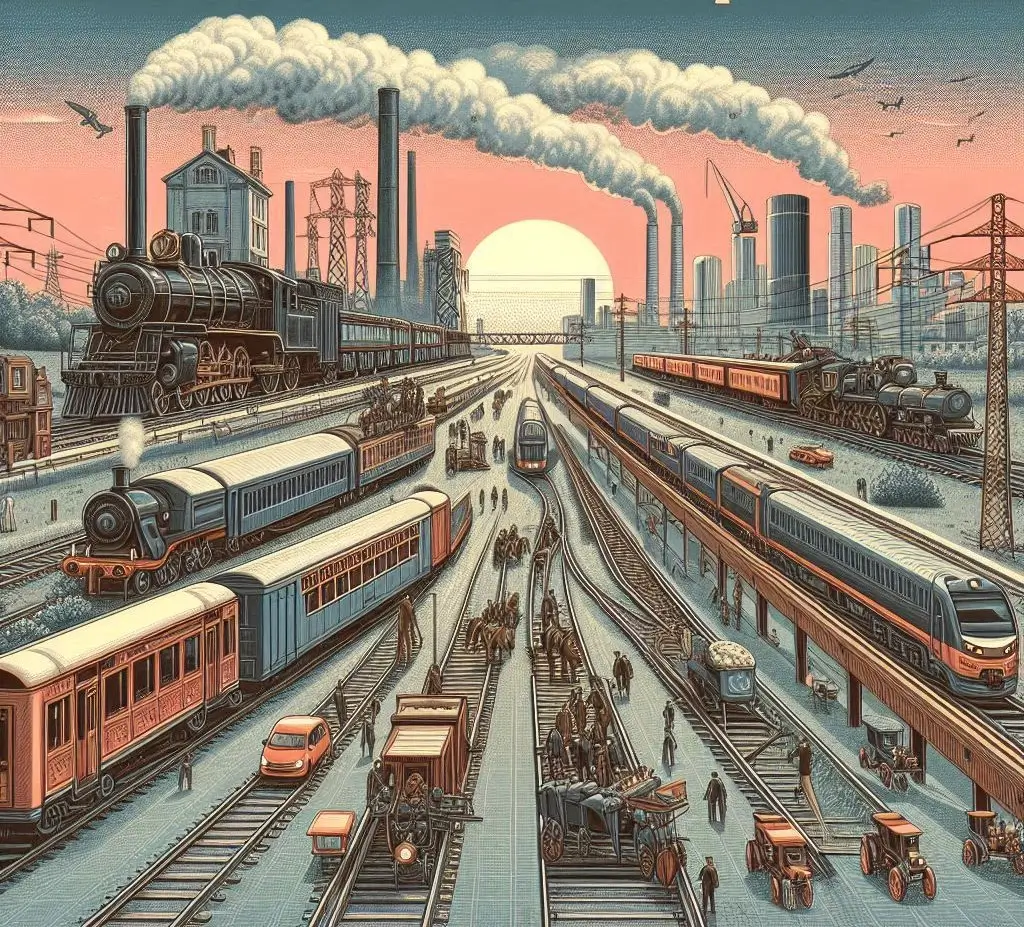
The Industrial Revolution
The Industrial Revolution in the 18th and 19th centuries played a pivotal role in transforming transportation. Due to the power of steam, it became a revolutionary force, which led to the development of steam engines that powered various means of transportation.
Steam-Powered Transportation
Steam locomotives and steamships emerged as key players in transportation during the 19th century. Railways and steamships facilitated faster and more reliable movement, connecting distant regions and fueling industrialization.
Impact of Railways and Roads
The expansion of railways and the construction of road networks further accelerated the pace of transportation. Railways facilitated the efficient movement of goods and people, while roads connected remote areas and improved accessibility.
Continue reading: Wheels and Wings: A Tale of Ancient and Modern Transportation
Modern Land Transportation

Cars and Evolution of Automobiles
The 19th century saw the advent of the steam engine, revolutionizing land travel. Today, cars dominate roads, while high-speed rail systems connect cities, providing efficient and rapid transit.
Birth of the Automobile
The birth of the automobile in the twentieth century transformed transportation and revolutionized mass production. For example, Henry Ford’s assembly line made it possible for the general public to own cars.
Mass Production and Accessibility
The mass production of automobiles made personal transportation a reality for millions. Cars became symbols of freedom and mobility, transforming the landscape of cities and suburban areas.
Technological Advancements
The automobile industry has always been at the forefront of innovation, constantly adapting to advancements in technology. So, from the introduction of electric vehicles to the development of advanced safety features and autonomous driving, automobiles have been continually reshaped.
High-Speed Rail and Public Transportation Systems
Urban Public Transport
Growing urbanization brought about the need for efficient public transportation systems. Buses, subways, and light rail systems emerged to address the challenges of city congestion and provide accessible transit options.
High-Speed Rail
High-speed rail networks revolutionized land-based transportation in certain regions. Countries like Japan and France pioneered high-speed trains, offering a rapid and efficient alternative to traditional rail travel.
Intercontinental Travel
The development of intercontinental transportation, including international flights and shipping routes, further connected nations and cultures. The ability to travel across oceans and continents opened new possibilities for trade and cultural exchange.
Continue reading: Wheels and Wings: A Tale of Ancient and Modern Transportation
Modern Air Transportation: Commercial Airlines and Supersonic Jets
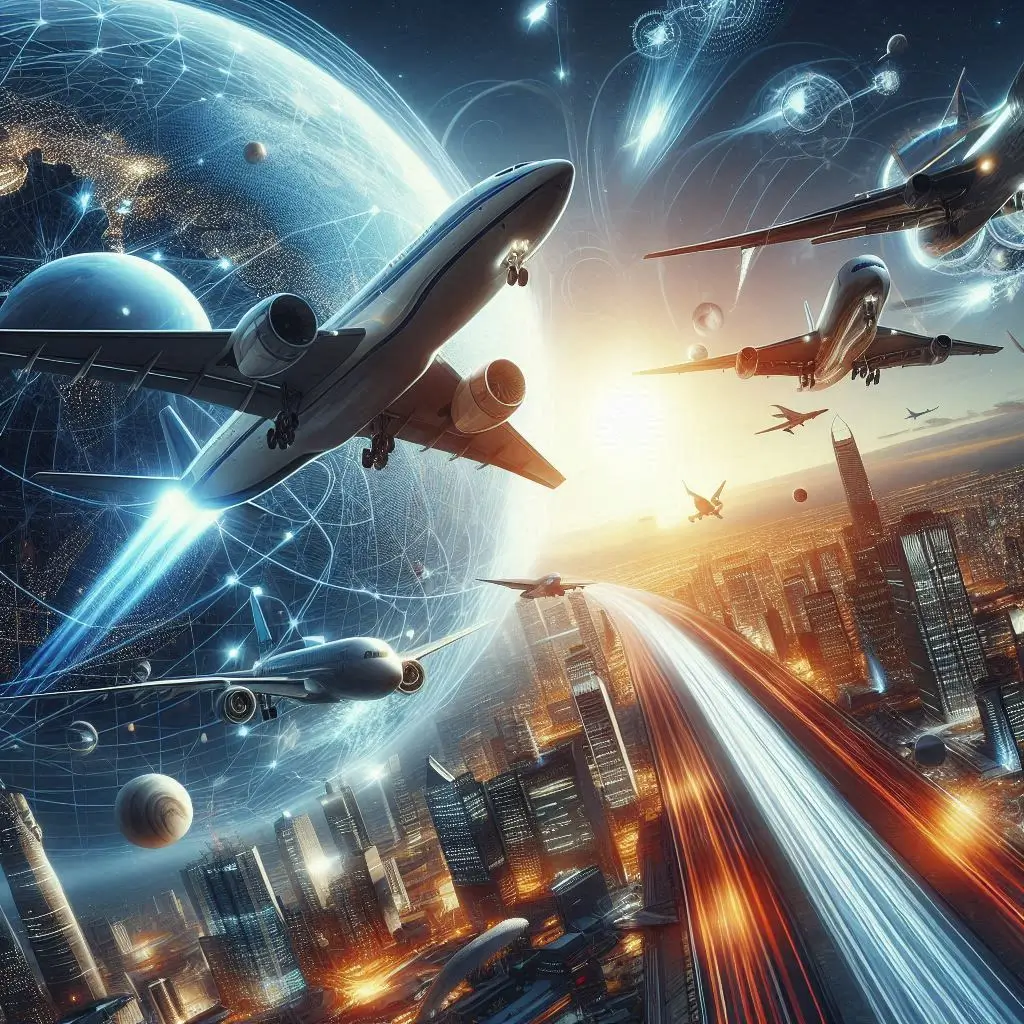
The skies are now navigated by commercial airlines, rendering long-distance travel accessible to millions. So, supersonic jets push the boundaries of speed, making the world even smaller.
The Role of Air Travel
The Wright Brothers and the First Flight
The early 20th century saw the realization of human flight, thanks to the pioneering efforts of the Wright Brothers. The first powered flight in 1903 paved the way for the development of aviation.
Commercial Aviation Takes Off
Commercial aviation became a reality in the mid-20th century, making long-distance travel more accessible. Jet engines and improved aircraft design further enhanced the speed and efficiency of air transportation.
Technological Advances in Air Transportation
Modern air travel continues to evolve with technological breakthroughs. So, from supersonic planes to fuel-efficient engines, the aviation industry strives for efficiency and sustainability in the face of global travel demands.
Continue reading: Wheels and Wings: A Tale of Ancient and Modern Transportation
Modern Water Transportation: Cruise Ships and Submarines

Modern cruise ships offer luxurious sea voyages, contrasting with the stealth and strategic prowess of submarines. Both exemplify the diversity of contemporary water transportation.
Technological Innovations in Modern Transportation
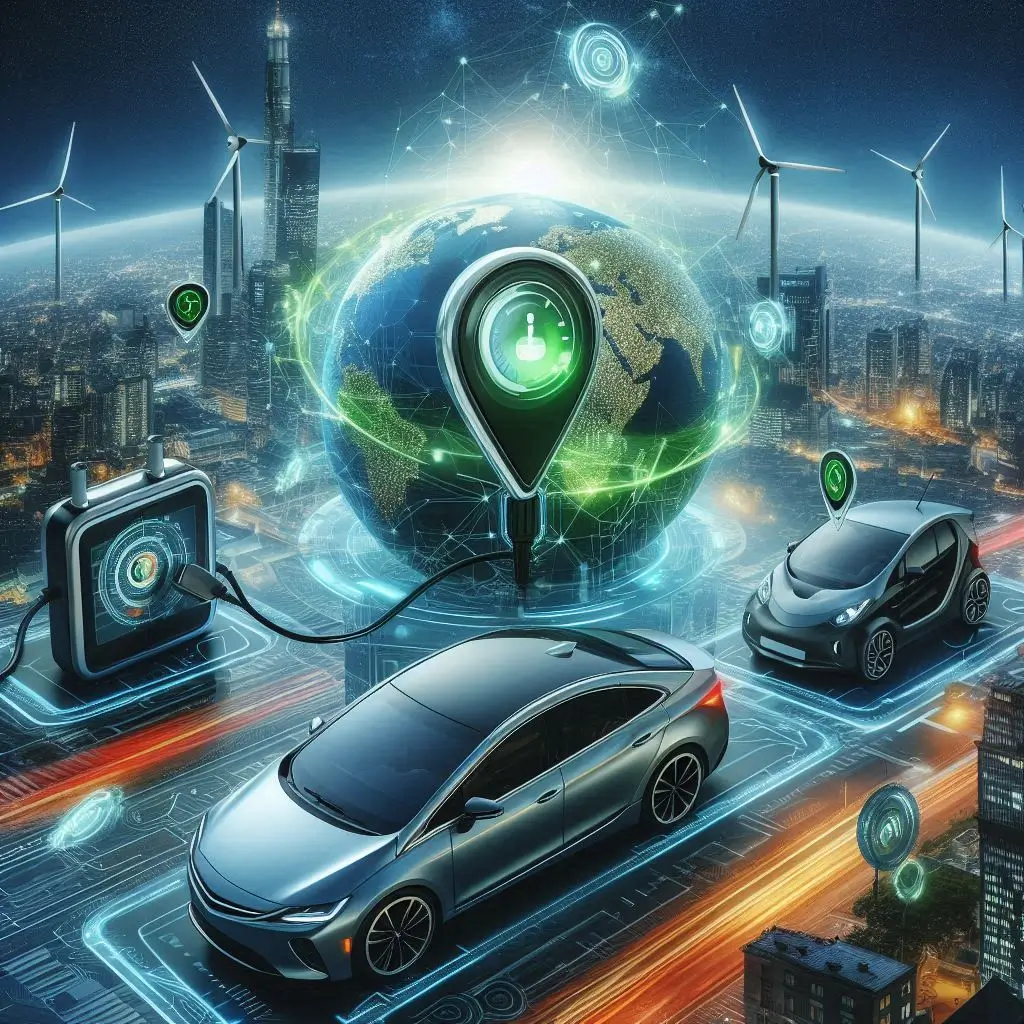
From GPS navigation to electric cars, technology has reshaped modern transportation. The integration of smart features enhances safety, efficiency, and overall user experience.
Hybrid Means of Transportation
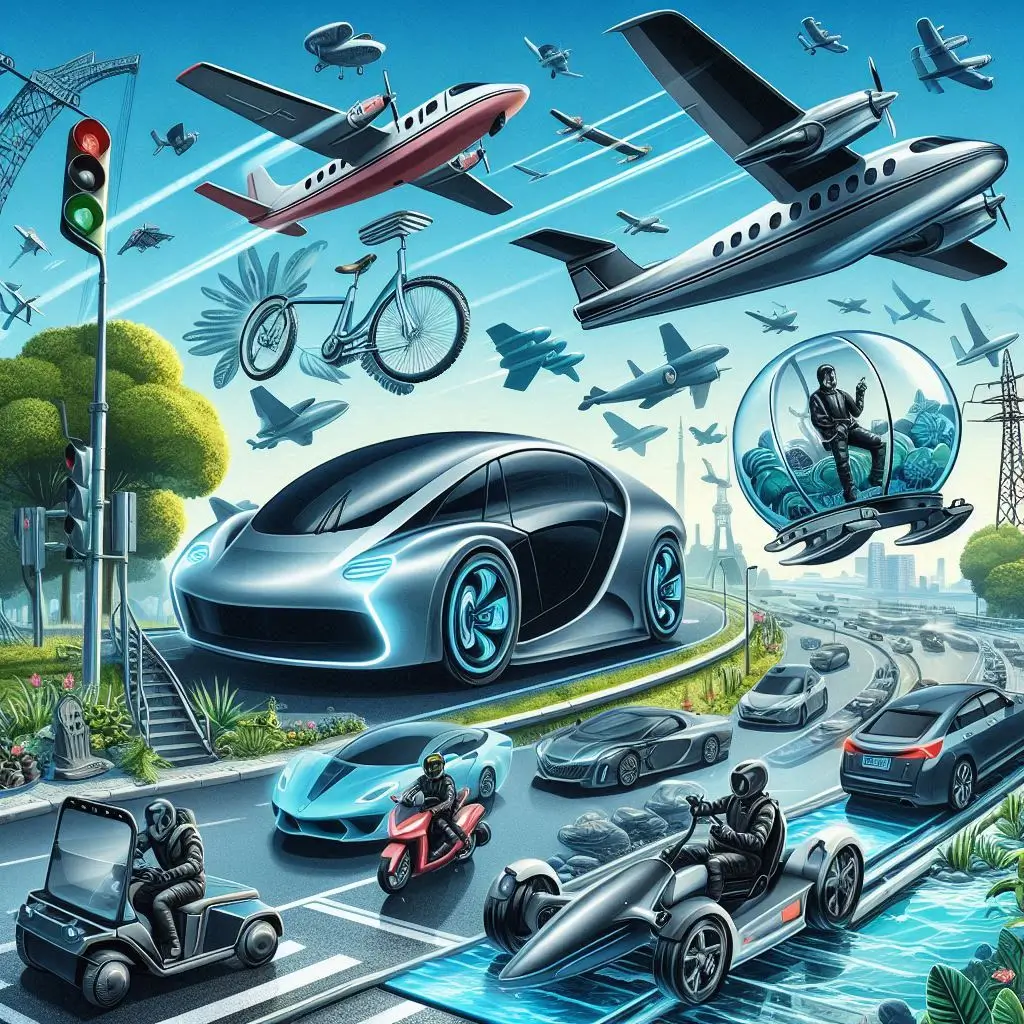
Electric and Hybrid Cars
Addressing environmental concerns, electric and hybrid cars have gained popularity. These vehicles combine traditional fuel sources with electric power, reducing carbon footprints.
Amphibious Vehicles
Innovative designs blur the lines between land and water transport. Amphibious vehicles offer versatility, allowing seamless transitions between different terrains.
Personal Air Vehicles
The concept of personal air vehicles is no longer confined to science fiction. So, with ongoing developments, personal aerial mobility is poised to redefine urban transportation.
Continue reading: Wheels and Wings: A Tale of Ancient and Modern Transportation
The Role of Technology in Shaping Transportation
Smart Transportation Systems
Cities worldwide are embracing smart transportation systems. Intelligent traffic management, integrated public transit, and data-driven solutions enhance overall urban mobility.
Artificial Intelligence in Traffic Management
Artificial intelligence optimizes traffic flow, reducing congestion and travel times. Machine learning algorithms analyze real-time data, providing dynamic solutions for efficient transportation.
Sustainable Transportation Solutions
Electric Vehicles and Green Fuels
The shift towards sustainability is evident in the rise of electric vehicles and green fuels. These alternatives contribute to reducing emissions and mitigating environmental impact.
Bike-Sharing Programs
Promoting eco-friendly urban mobility, bike-sharing programs offer convenient and healthy transportation options, reducing reliance on traditional vehicles.
Eco-Friendly Aviation
In aviation, the focus is on eco-friendly practices. Sustainable aviation fuels and aircraft design innovations aim to minimize the environmental impact of air travel.
Continue reading: Wheels and Wings: A Tale of Ancient and Modern Transportation
Future Trends in Transportation
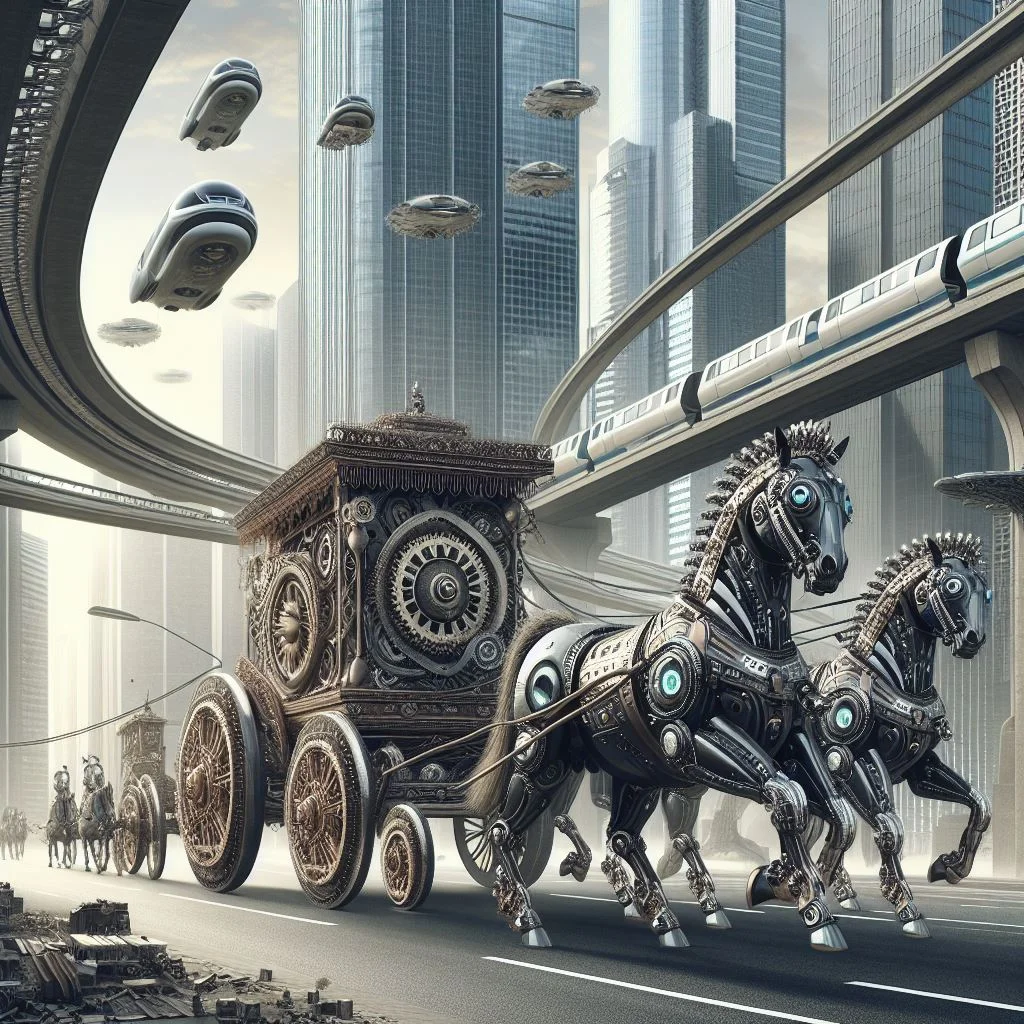
Hyperloop and Future Concepts
Innovative transportation concepts, such as the Hyperloop, propose high-speed travel in low-pressure tubes. These futuristic ideas challenge traditional notions of transportation and may redefine the way we move in the coming decades.
Maglev Trains
Similar to Hyperloop technology, which promises unprecedented speed, by envisioning the capsule traveling through low-pressure tubes. Maglev trains, hovering above magnetic tracks, offer rapid and smooth journeys.
Autonomous Vehicles
Self-driving cars are on the horizon, set to change the landscape of personal transportation. Autonomous vehicles present a future where commuting becomes safer and more efficient. As a result the advent of autonomous vehicles introduces a new era of transportation. Self-driving cars and trucks promise increased safety and efficiency, although regulatory challenges and public acceptance remain key considerations.
Flying Taxis and Personal Mobility Devices
Urban air mobility, including flying taxis and personal mobility devices, is becoming a reality. These innovations aim to alleviate congestion in metropolitan areas.
Read more:
- Discover the Historical Mysteries in the World: Exploring Ancient Ruins and Legends
- Explore the Cultural Crossroads: Where Traditions Merge
- The Transcontinental Train Journeys: Rediscovering Travel in a Connected World
- Travel Now Pay Later: Book Your Flight and the Payment Later
- Discover Multigenerational Travel: Building Family Memories Across Ages
Summary
In the grand tapestry of human history, transportation appears as a thread that weaves together civilizations and cultures. From the simplicity of walking to the complexity of space exploration, the evolution of transportation reflects the ingenuity and adaptability of humankind. As we think about the journey from ancient wheels to futuristic hyperloops, it is clear that transportation is not just a way to get from point A to point B. It reflects human innovation, societal progress, and our collective commitment to shaping a sustainable and efficient future.
Custom Message:
Thank you for joining me on this journey through the fascinating world of transportation. If you enjoyed this exploration, stay tuned for more engaging content. Safe travels!
FAQs about the Old and Modern Transportation
Q1: How did ancient people travel long distances?
A1: Ancient travelers relied on various modes, including walking, carts pulled by animals, and sailing ships for long-distance journeys.
Q2: Are there any ancient means of transportation still in use today?
A2: Yes, certain ancient means of transportation, such as walking and animal riding, remain in use, although they have evolved alongside modern modes.
Q3: How has technology impacted the safety of air travel?
A3: Technological advancements, including improved aircraft design and navigation systems, have significantly enhanced the safety of air travel over the years.
Q4: How does transportation contribute to cultural identity?
A4: Certain modes of transportation become cultural symbols, influencing art, literature, and societal values, contributing to the cultural identity of a region.
Q5: What role does transportation play in global trade?
A5: Transportation is crucial for global trade, facilitating the movement of goods through shipping, air travel, and land-based transport, shaping economies and fostering international connections.
Q6: What are the environmental benefits of electric cars?
A6: Electric cars contribute to reduced air pollution and greenhouse gas emissions, promoting a cleaner and healthier environment.
Q7: Are flying taxis a realistic future transportation mode?
A7: Advancements in technology and ongoing trials suggest that flying taxis could indeed become a feasible mode of transportation in the near future.
Q8: How does artificial intelligence improve traffic flow?
A8: Artificial intelligence analyzes traffic patterns in real-time, optimizing signal timings and suggesting alternative routes to enhance overall traffic flow.
